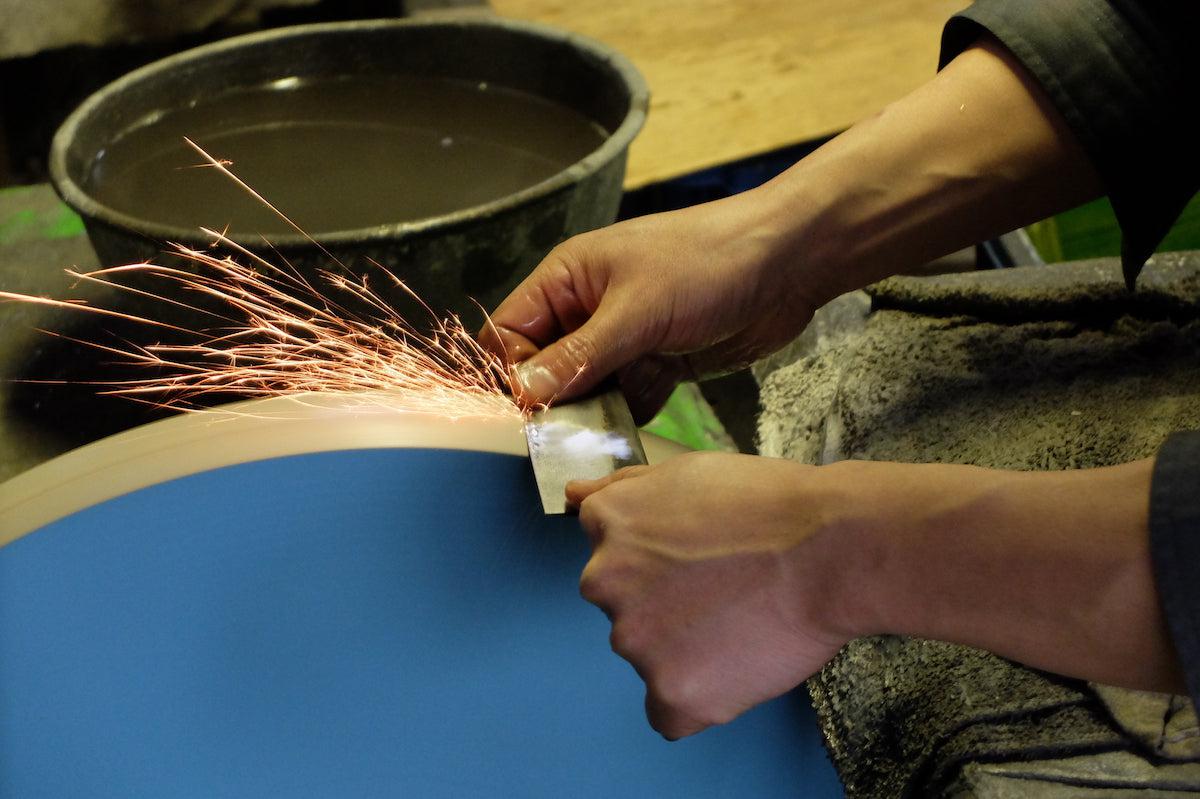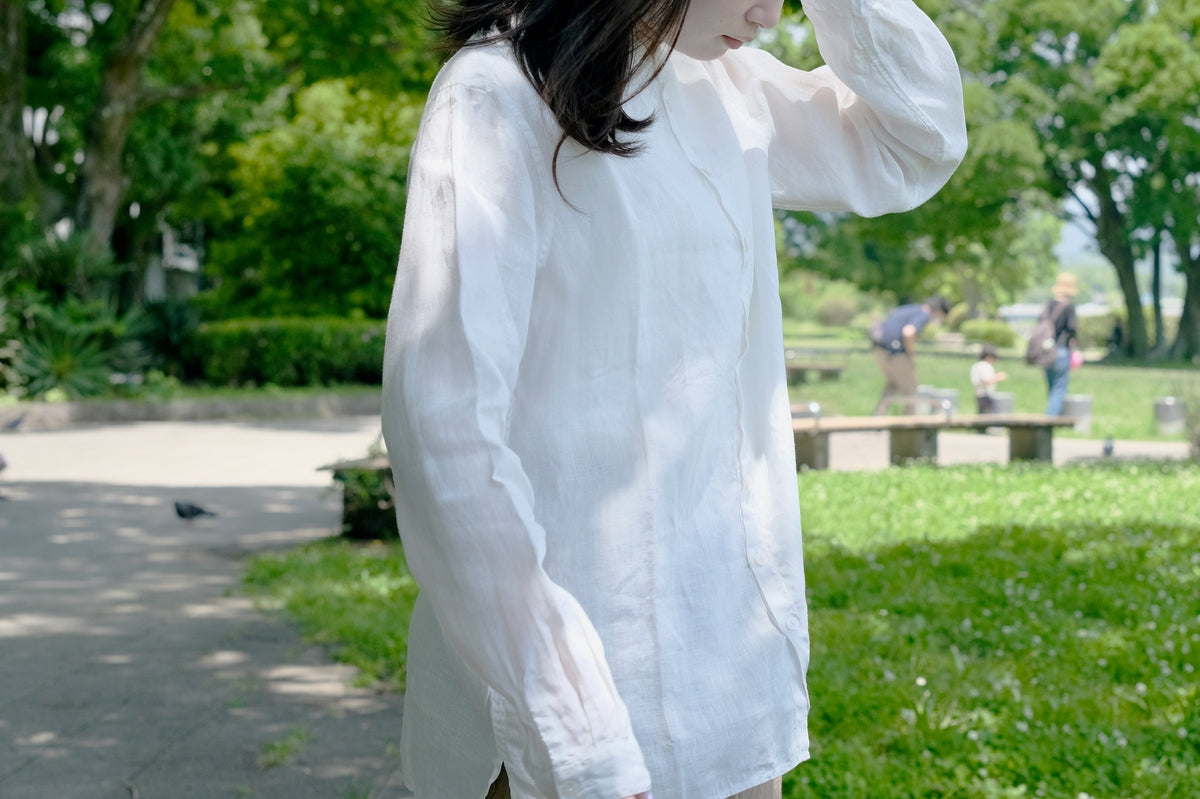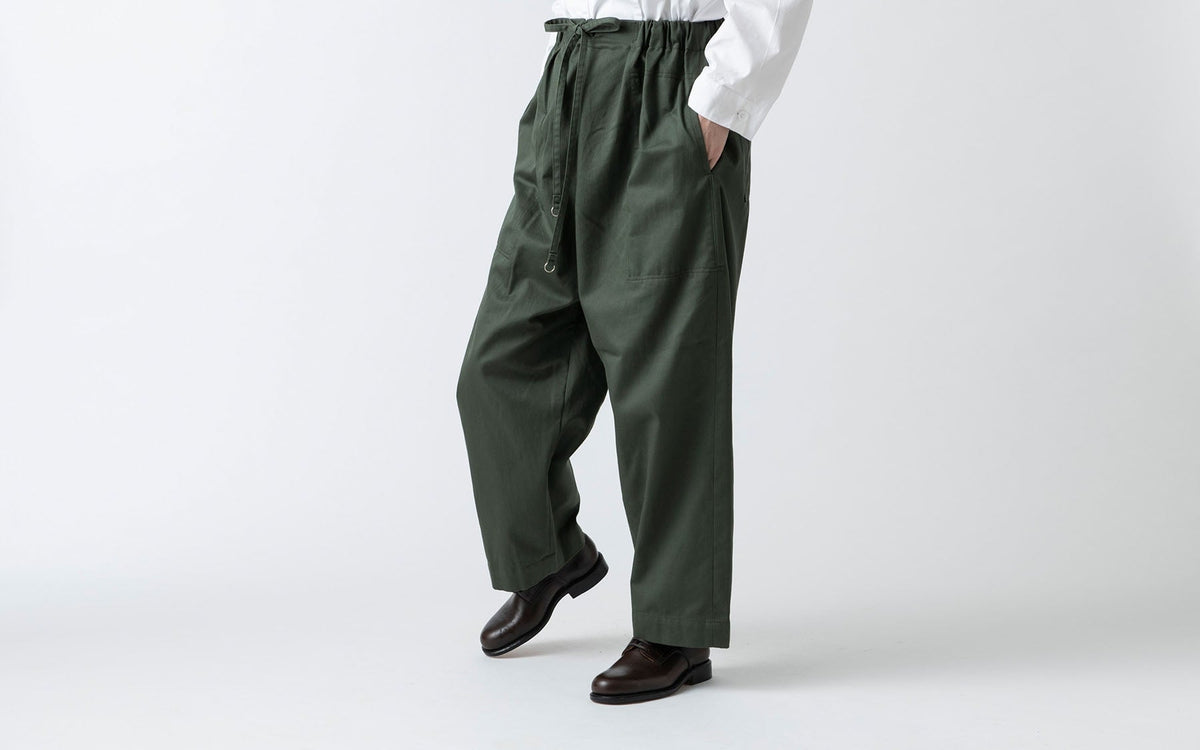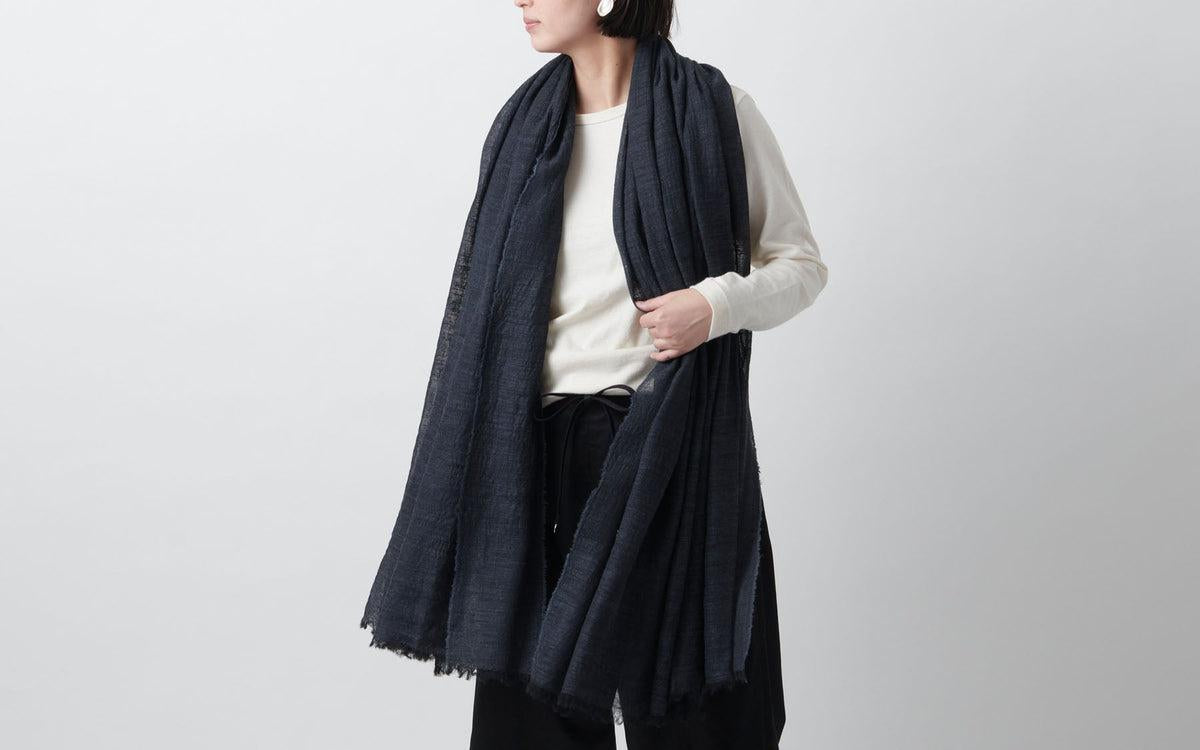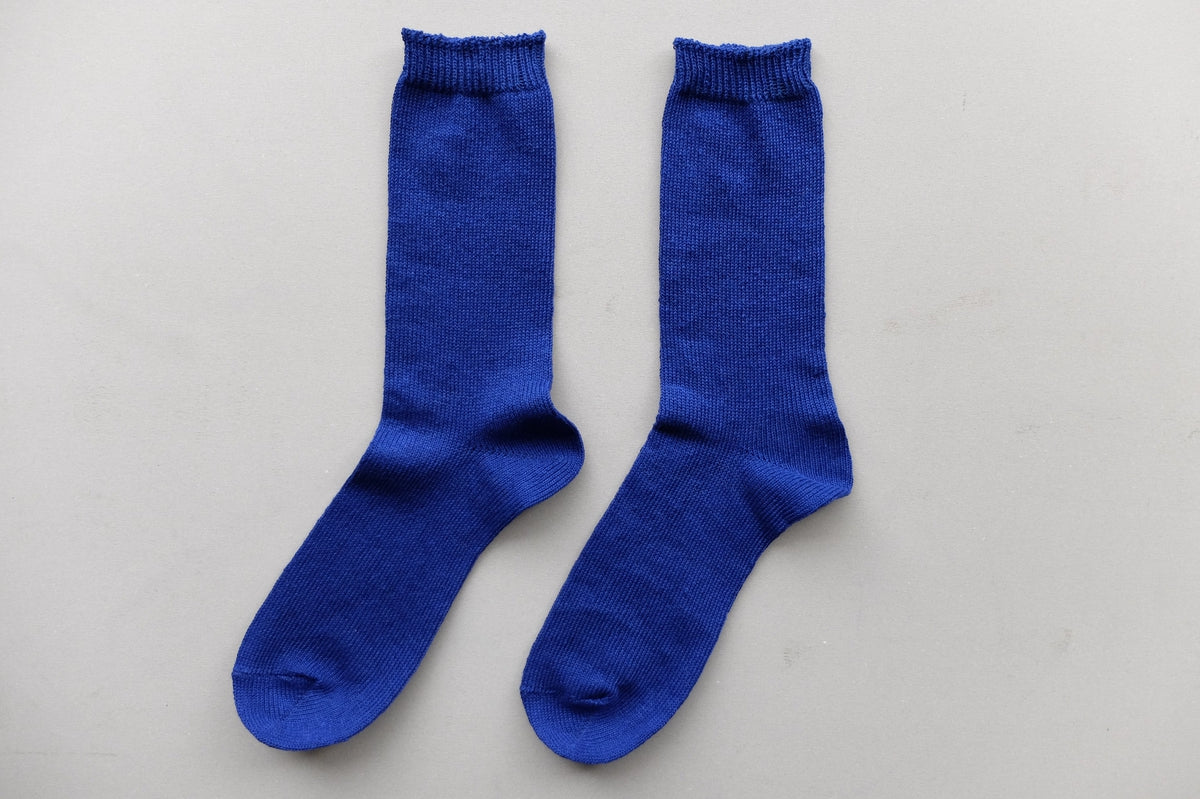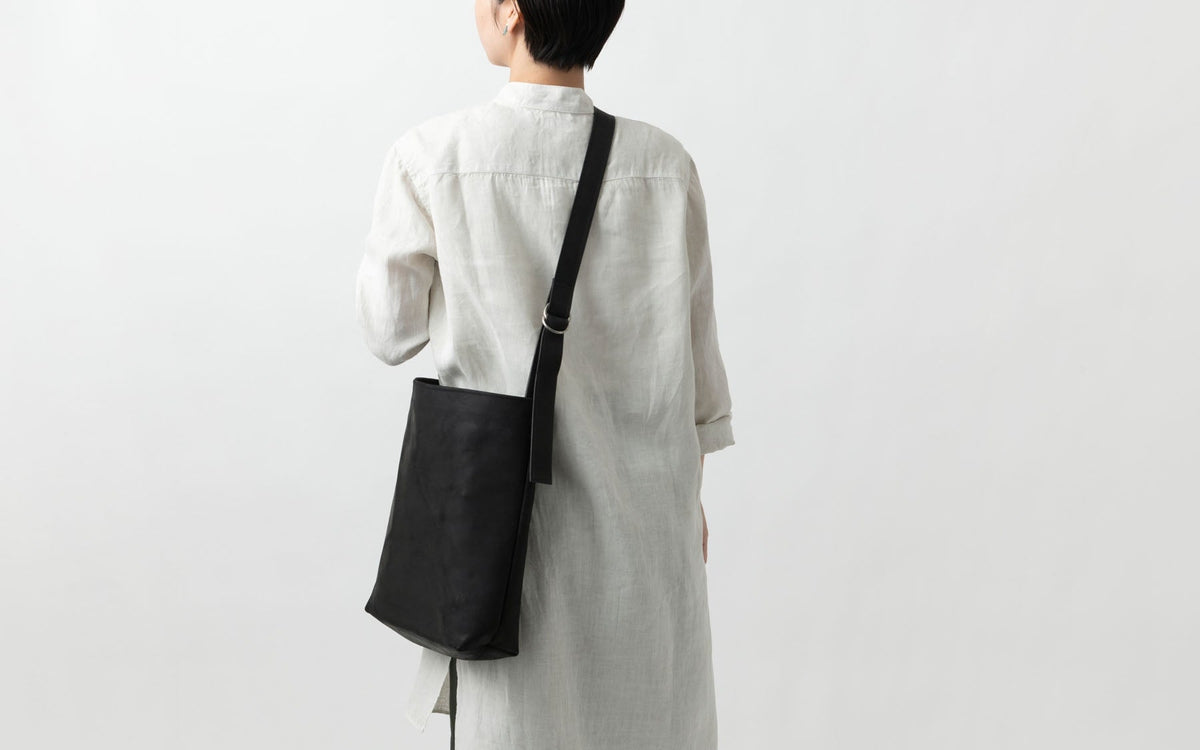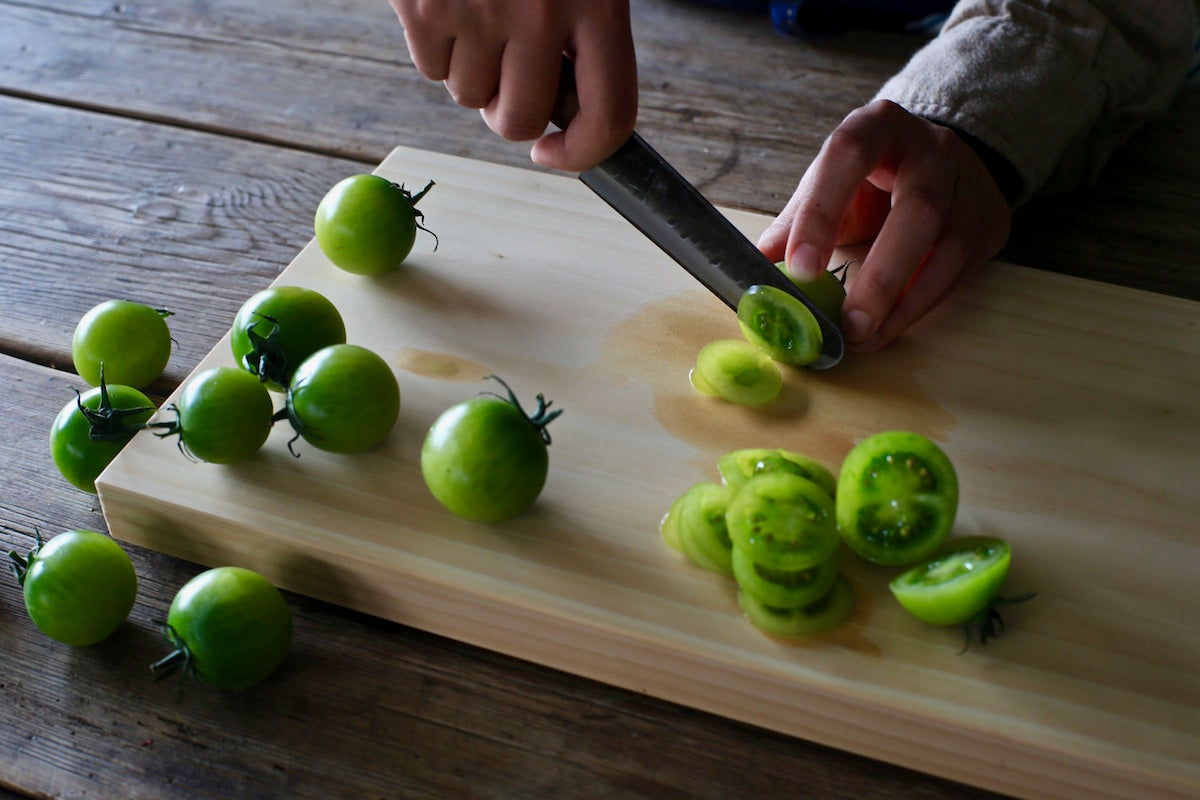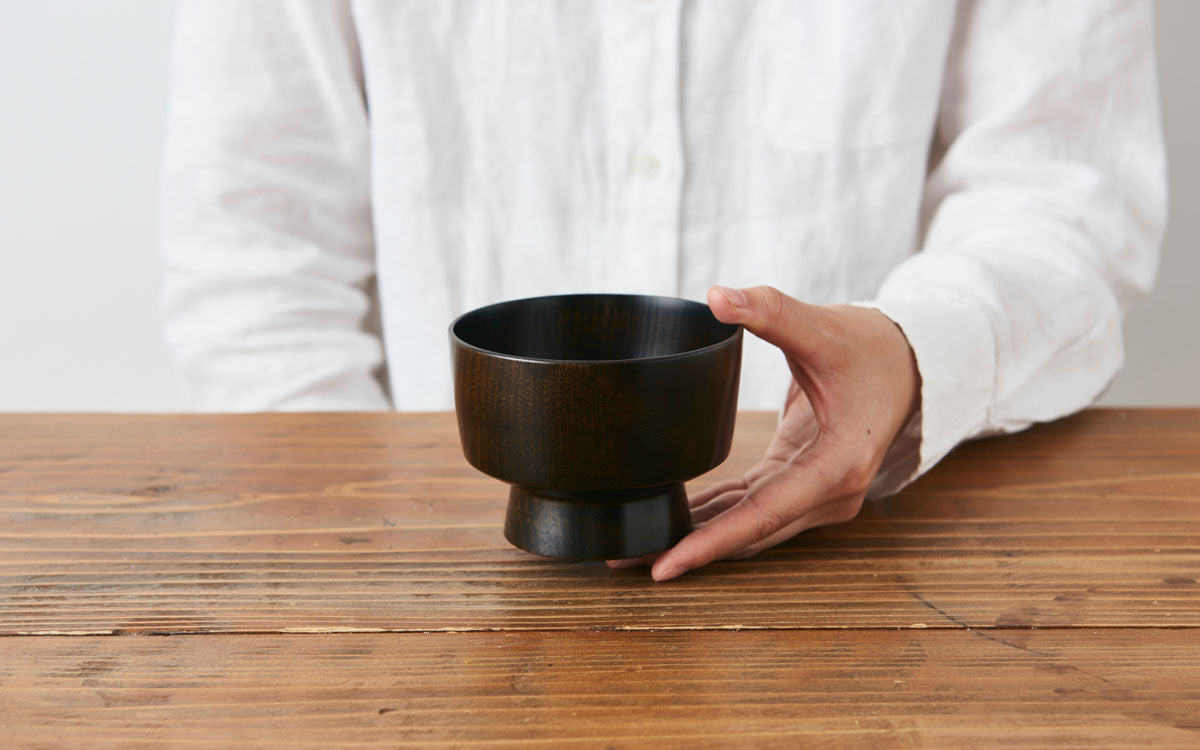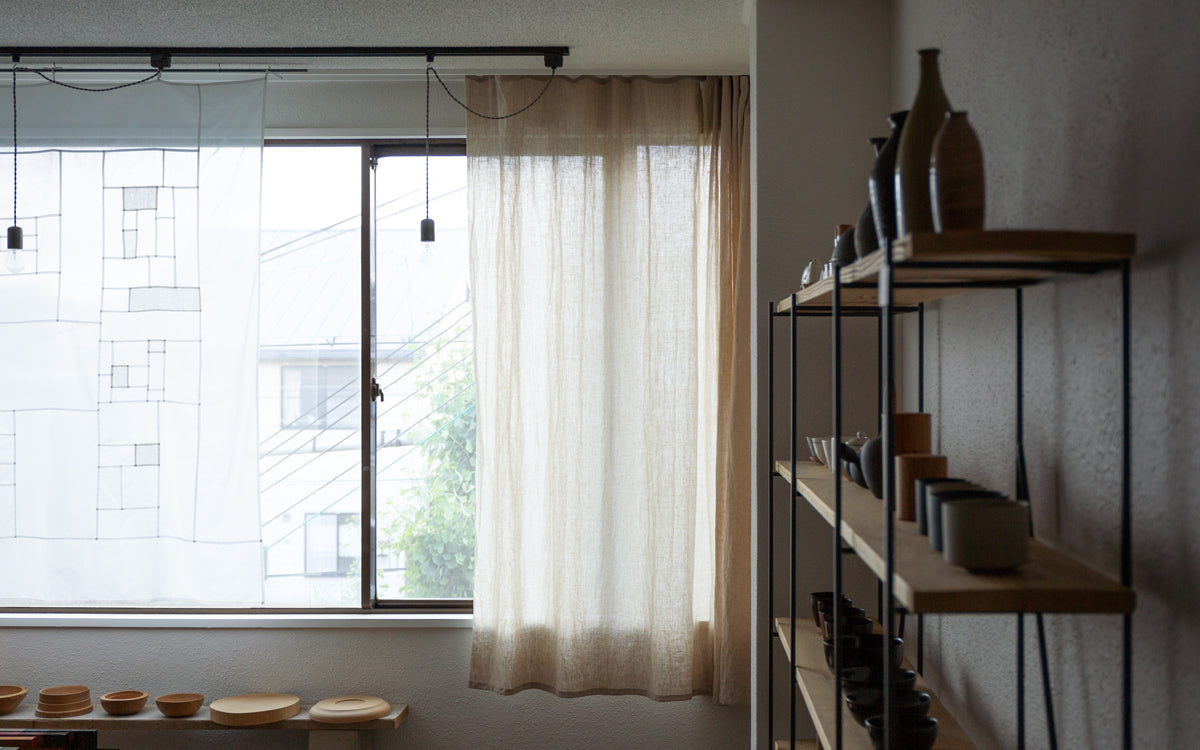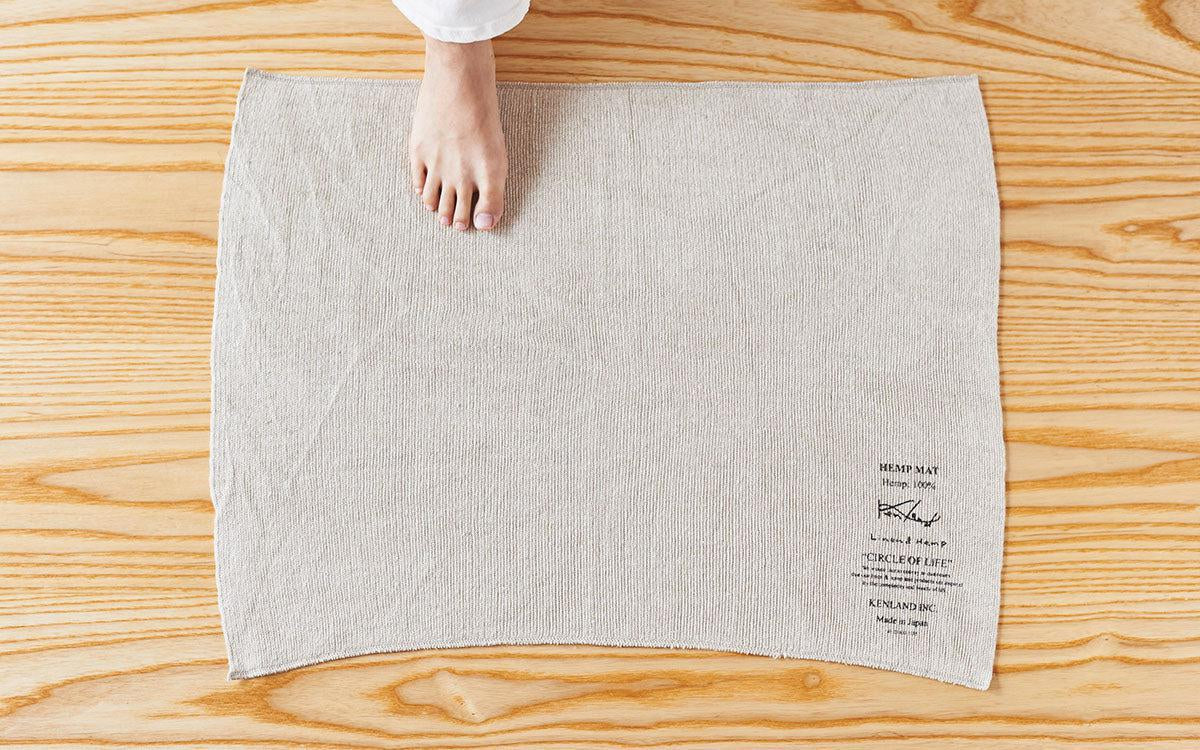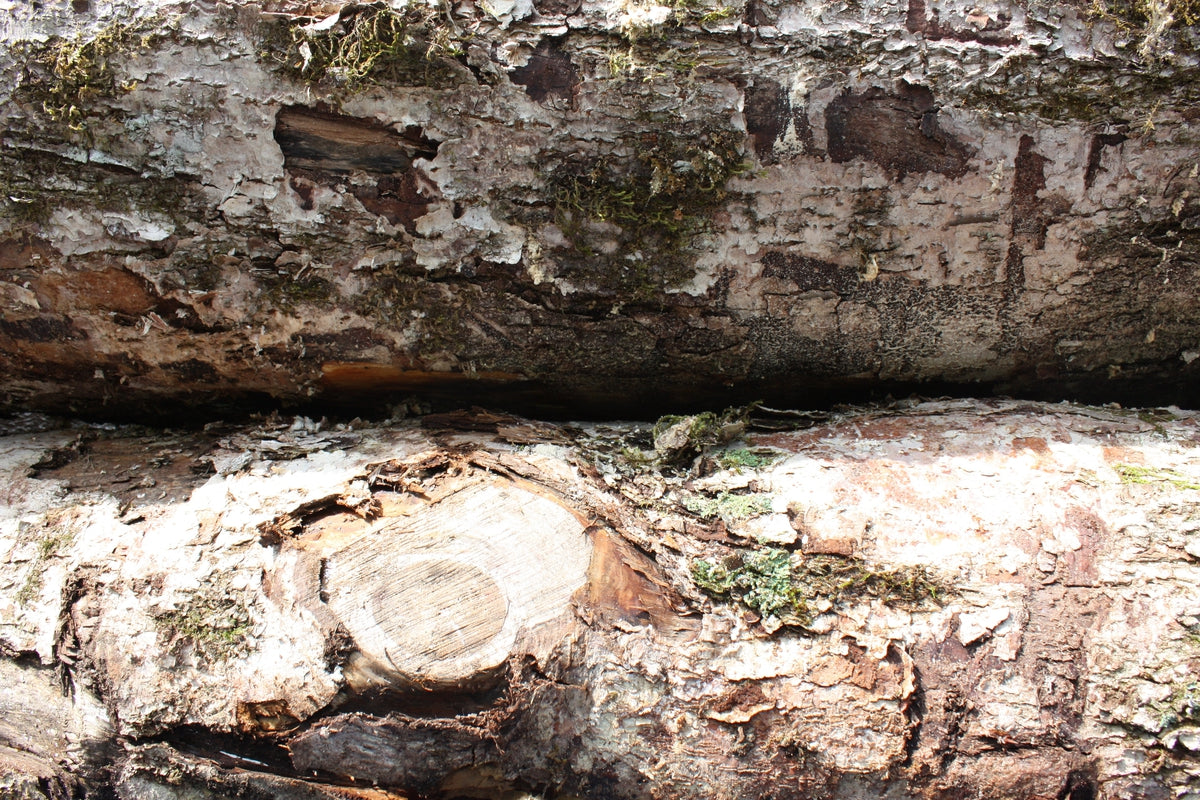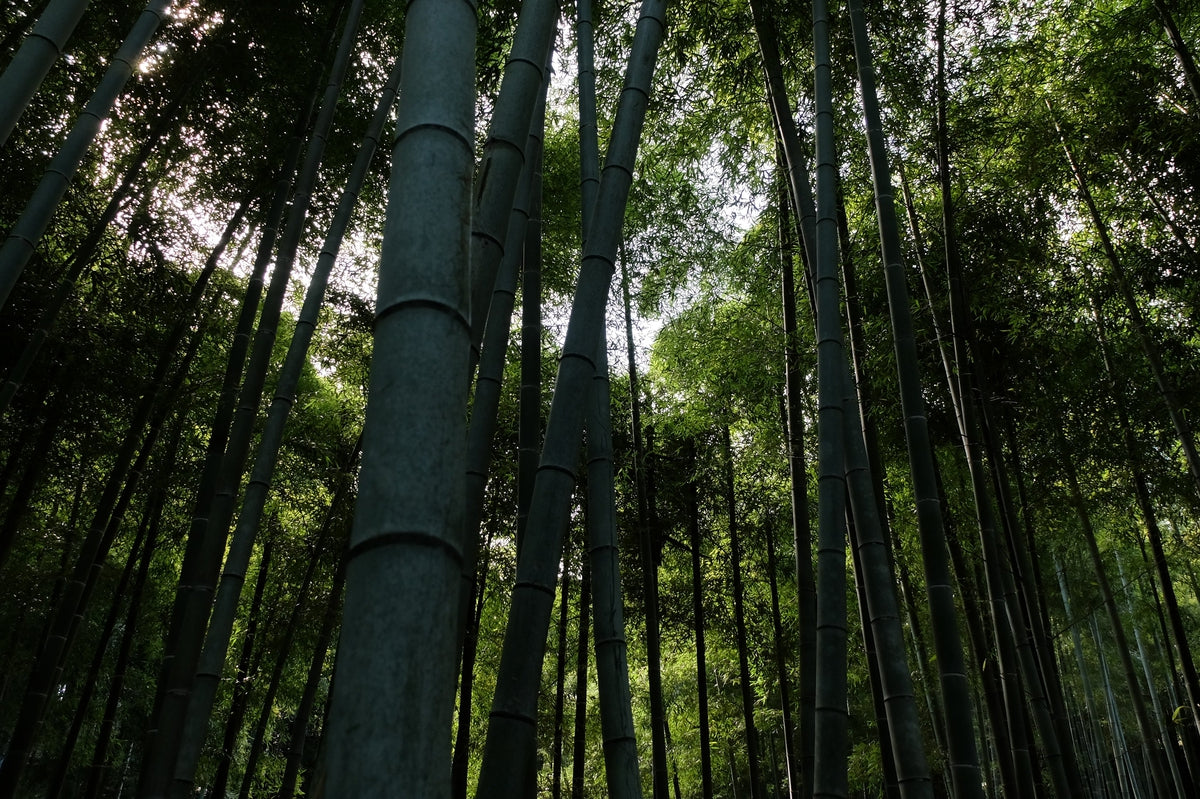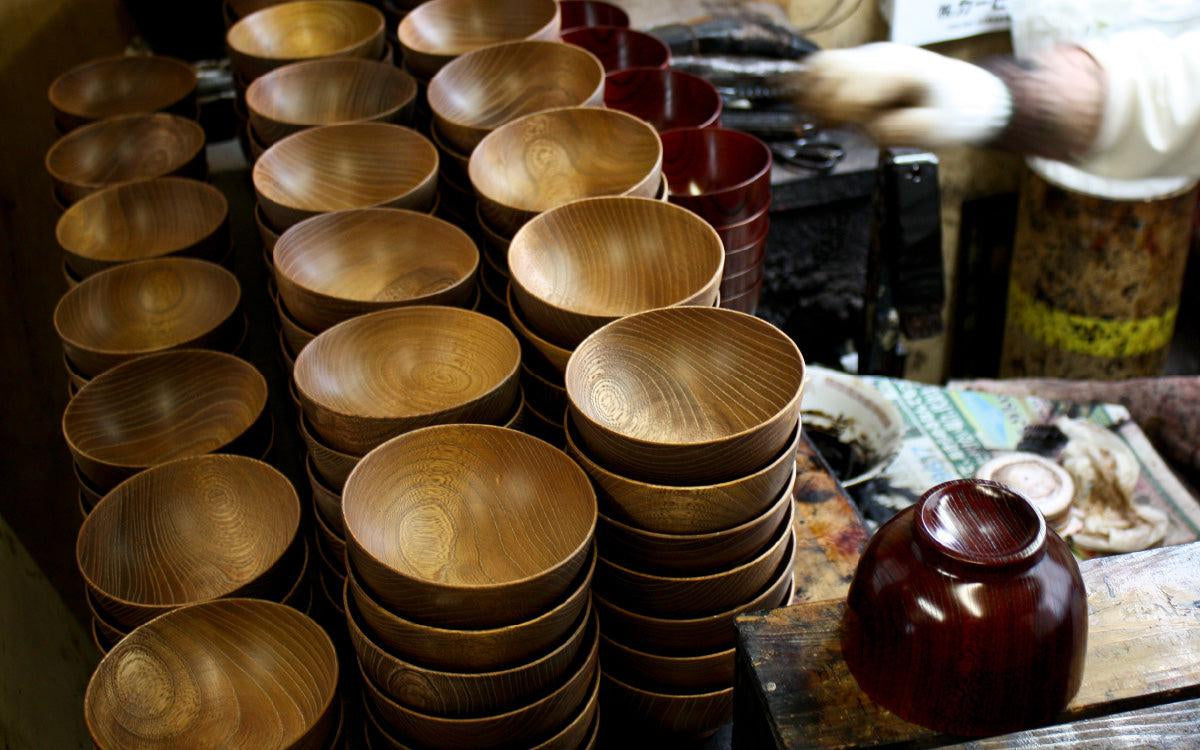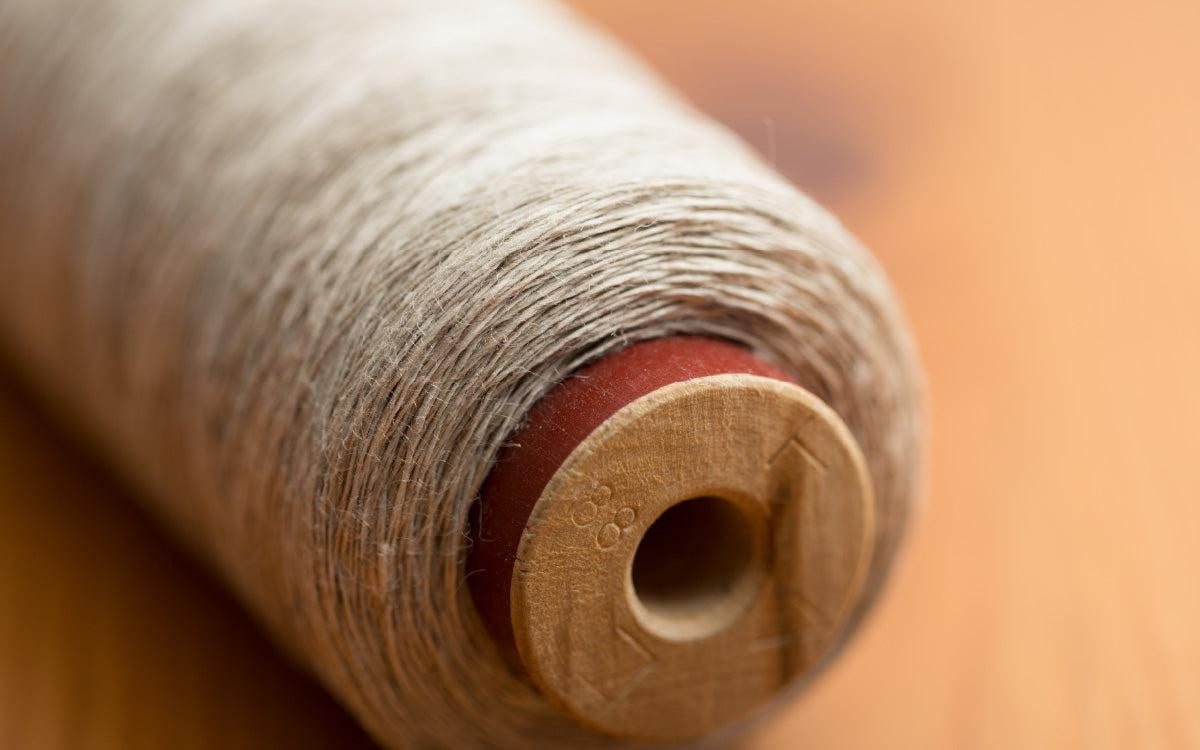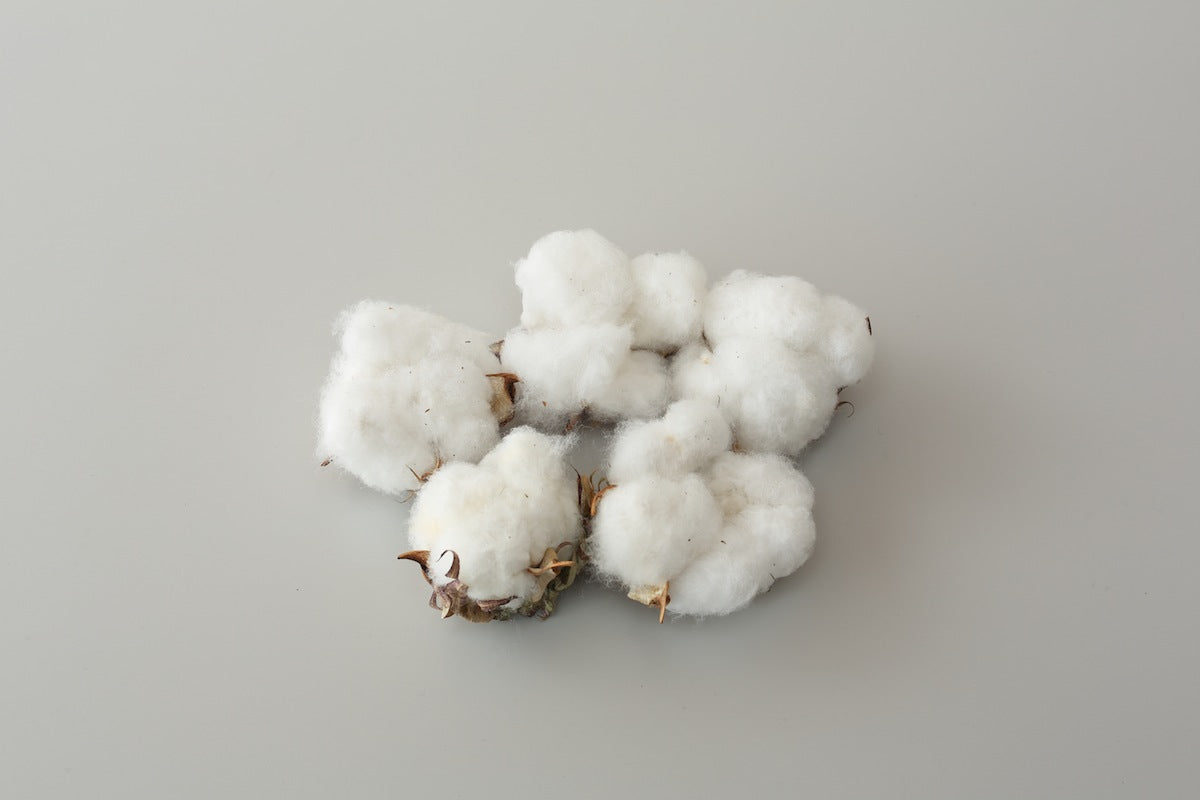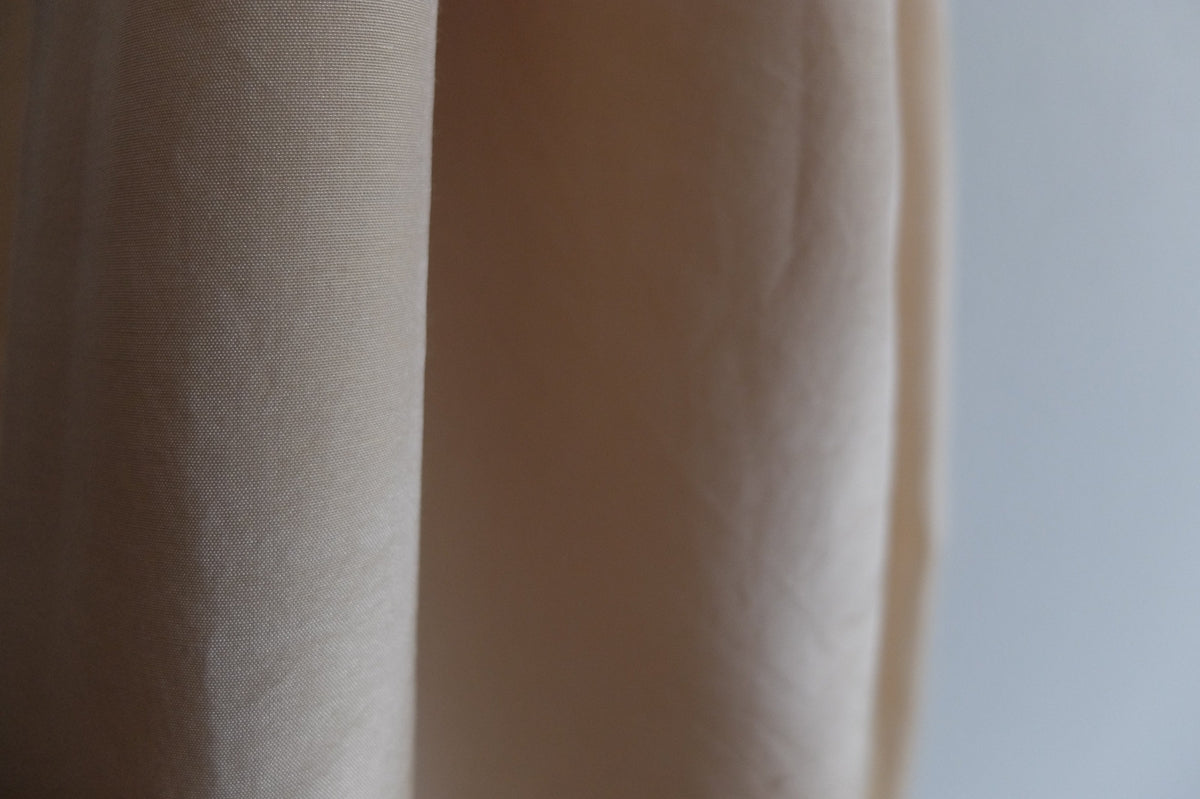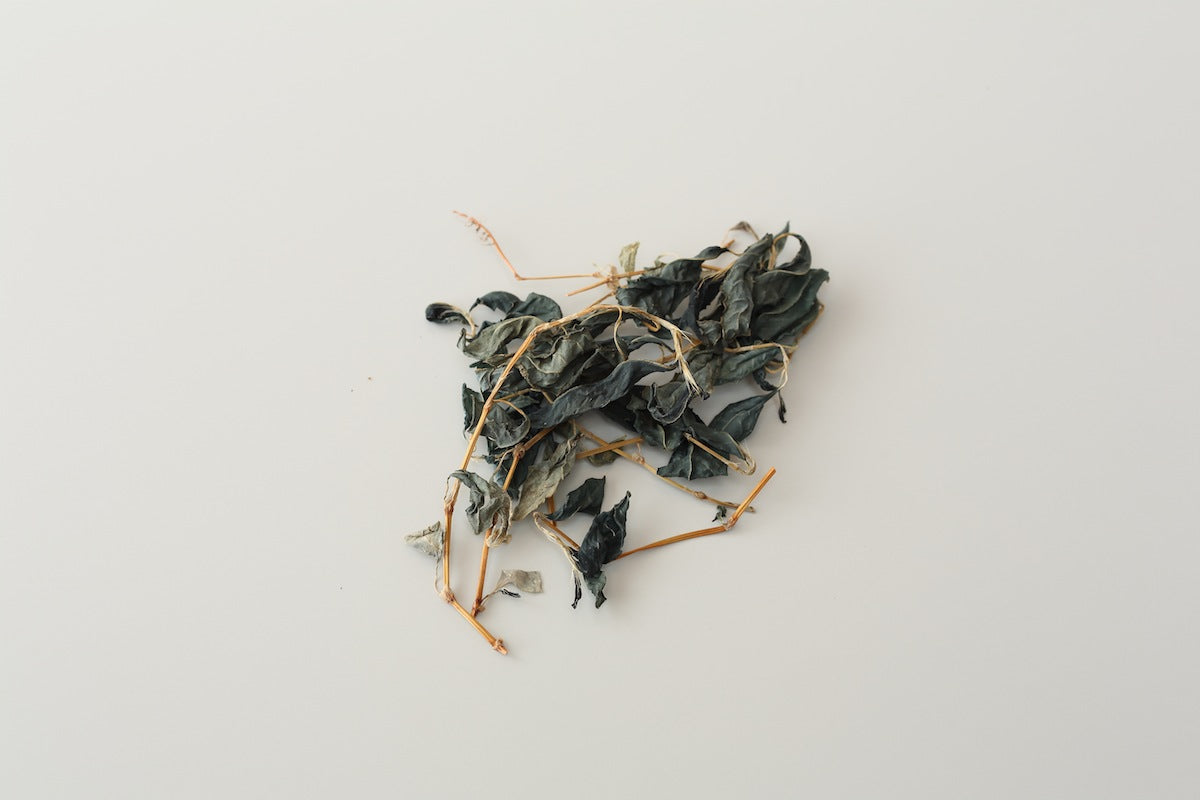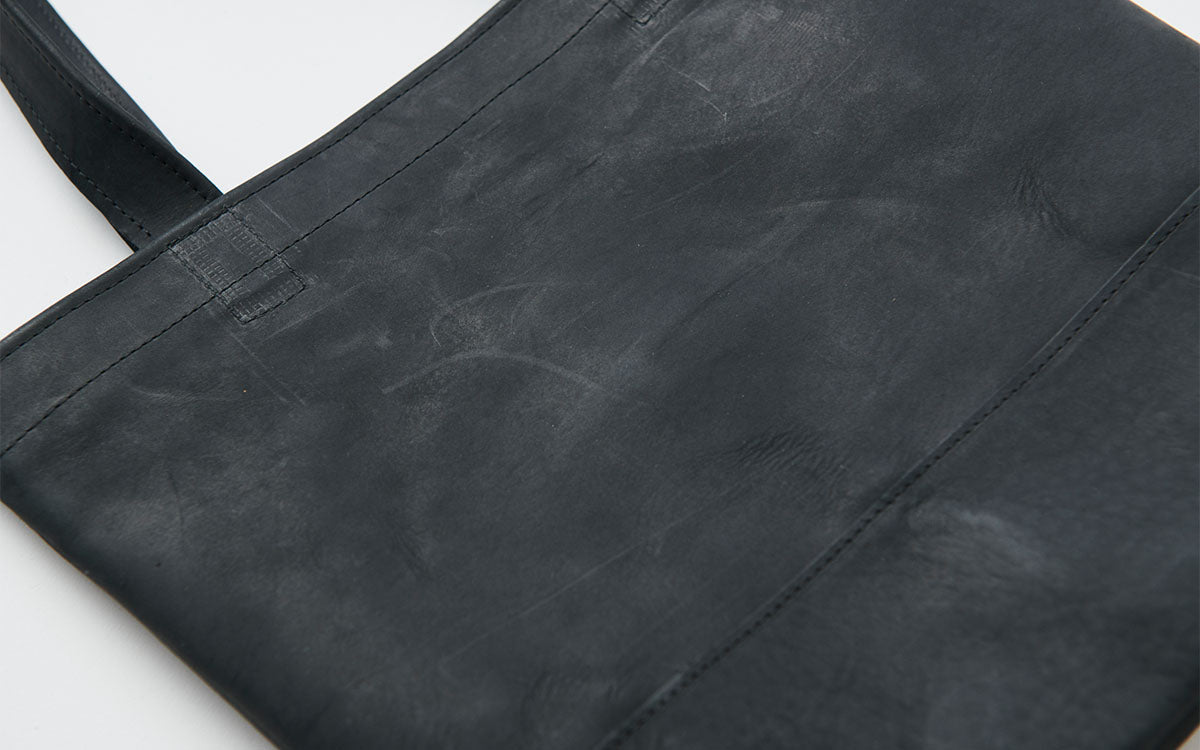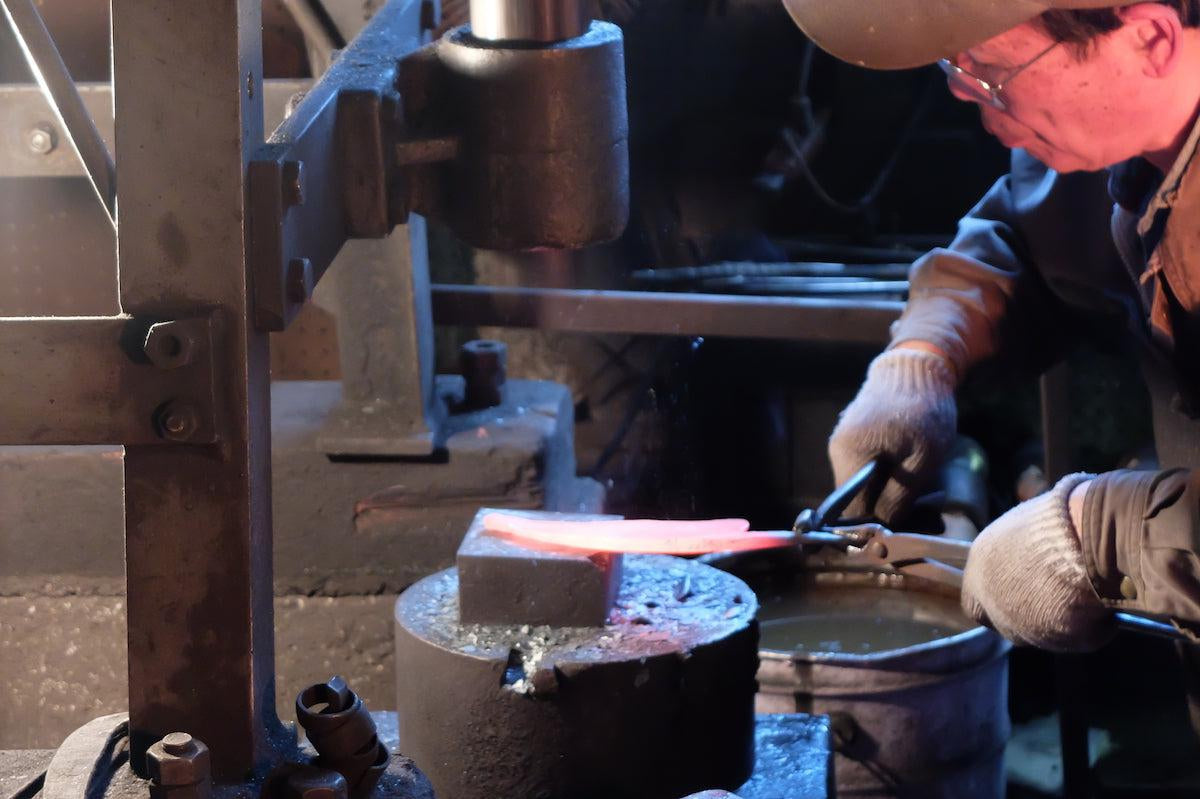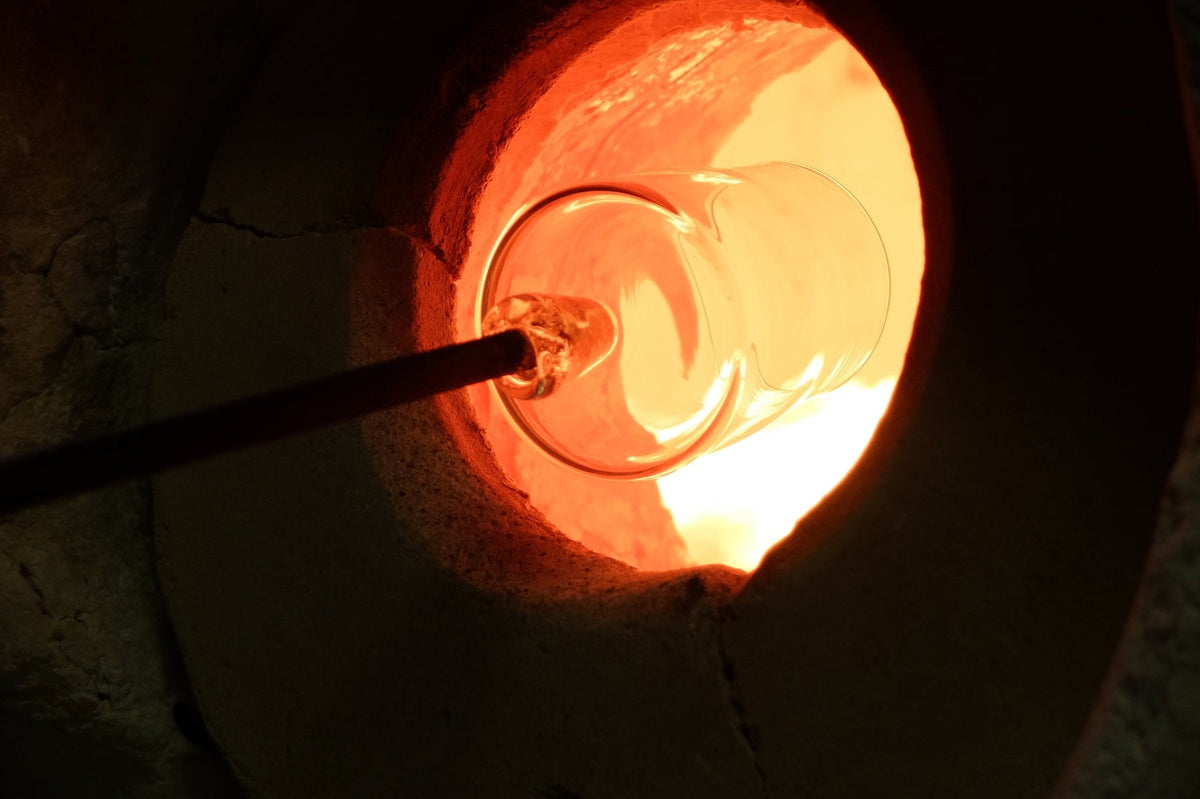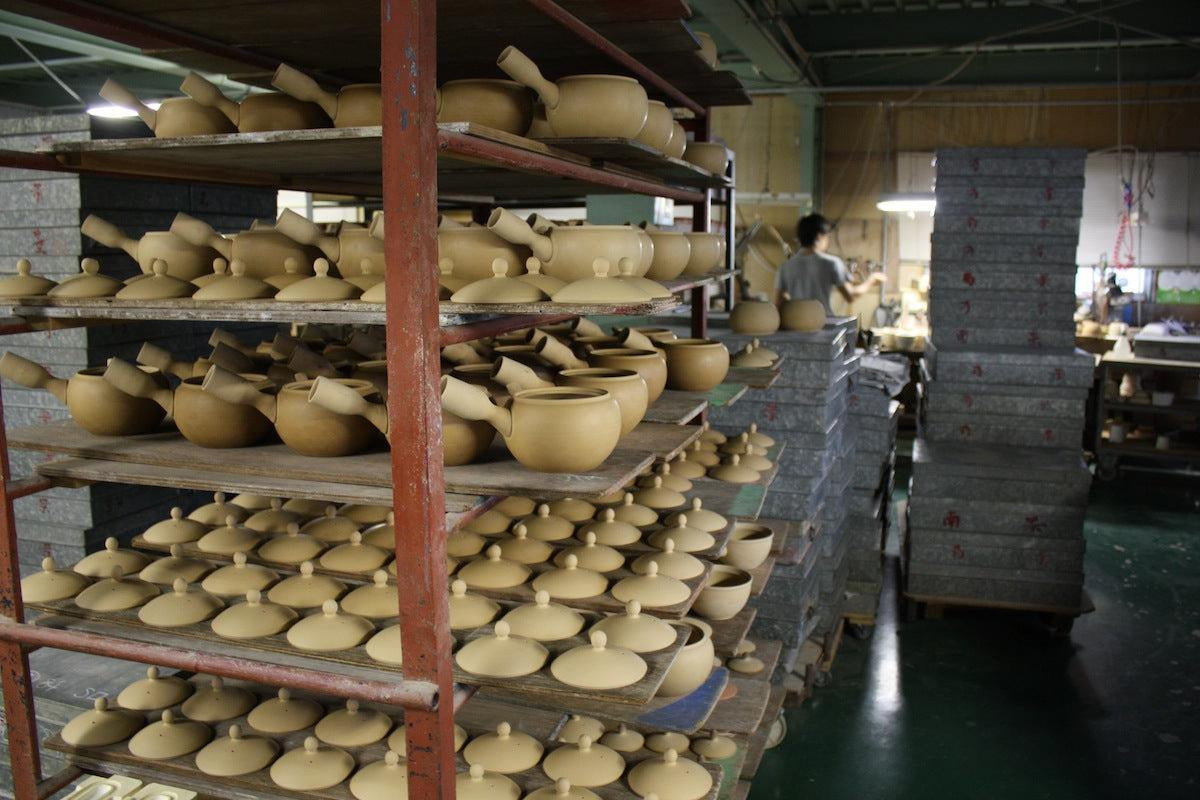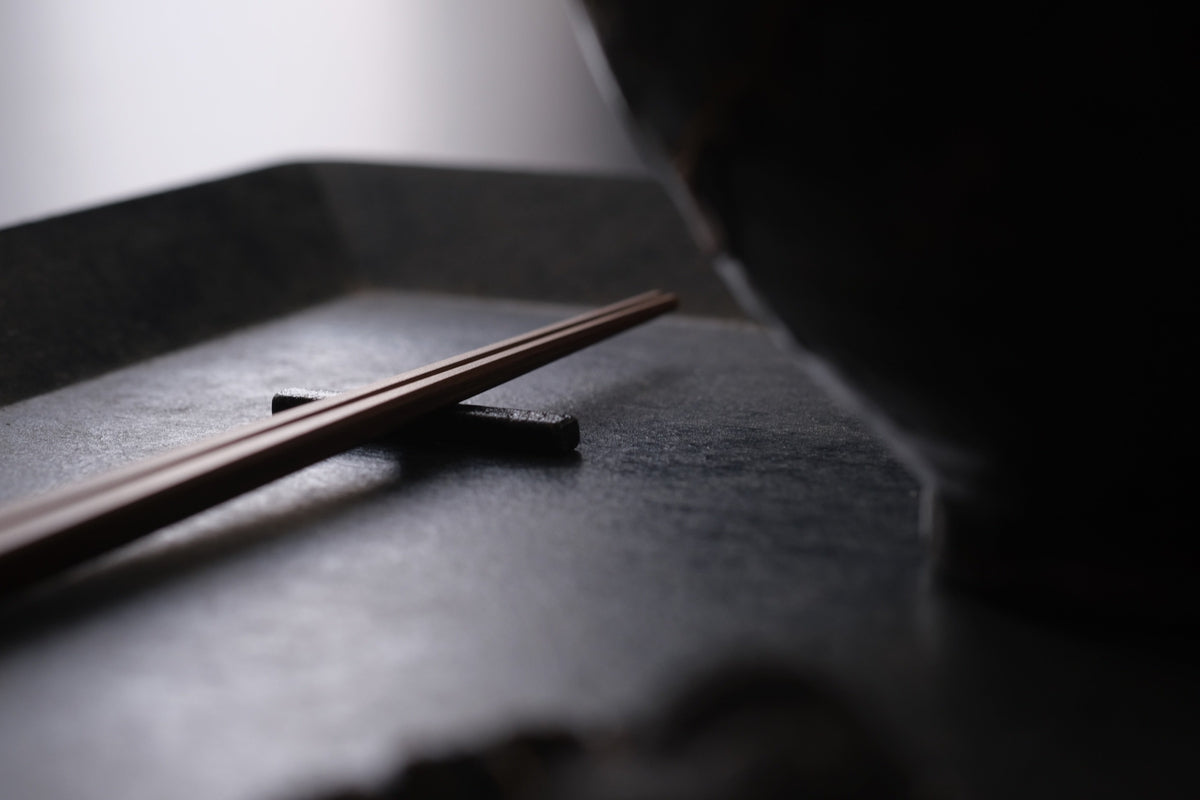blacksmith's small knife
在庫数: 1
Couldn't load pickup availability
A small kitchen knife from the Yamagata Uchihamono series, the so-called petty knife.
It is almost the same size as the "Tagaru Knife" and has a tip. The difference from the Tagaru knife is the shape of the blade (whether or not the tip is present, the curve at the base of the blade, the size of the blade) and the tree species of the handle (Tagaru knife is enju, small knife is zelkova).
This small kitchen knife was born as a derivative version of the kitchen knife that hangs. The production concept of Tagaru knives is, "How can we use forged knives in our daily lives?"
Probably, there are many people who are already using Santoku knives (culture knives) as their main knives, so apart from the Santoku knives they are currently using, they are easy to use and appear frequently, "a second small knife that can be used every day." Start with the thought of making
As I thought about the scenes in which the knife would be used in this way, opinions were raised such as ``Scenes that are difficult to use with the Santoku knife'' → ``Peeling small vegetables and fruits such as taro'', and more concrete scenes were decided. It has become a versatile knife that can be used for daily cooking at home or for small tasks such as peeling fruit.
Tagaru knives are characterized by their rounded tip, but this small knife has the same shape as a regular Santoku knife and also has a tip. I decided to add this small kitchen knife as one of the series, thinking that you can choose your favorite one for each life and cooking scene.
It's a small size called a petty knife, and it's good to be able to turn around. The size is easy to use for peeling small spherical vegetables and fruits, including taro, potatoes, and apples. A Santoku knife and a thick cutting board are also useful for small cooking.
The blade is made using a traditional knife making method, a so-called Japanese knife.
Mass-produced kitchen knives are called nuki knives. It is a mass production method that keeps costs down by making knives that are cut out with a mold. On the other hand, forging knives are the work of so-called blacksmiths. Originally, the production of agricultural tools such as hoes, and the production of kitchen knives was based on Japanese swords, and has a history of 650 years in Yamagata.
It is a specification called Awaseba (Awase knife), and it is made of stainless steel and has a structure that sandwiches the steel that becomes the blade. Stainless steel and steel are forged, heated to a high temperature, and hammered to harden. Even at room temperature, it is hammered, forged, and sharpened to create a blade. Check it over and over again to remove any distortion, and repeat the sharpening process to complete it. For the material, we chose stainless steel so that it is easy to use on a daily basis, and for the blade that determines its sharpness, we use high-quality steel called Aogami No.2.
There are hammered marks on the blade, but this is unique to a hammered knife. The unevenness of the mallet also makes it easier for the cut ingredients to separate from the blade.
Many of the knives used by Japanese chefs have a "single-edged edge", but this Bunka Knife has a "double-edged edge" because of the concept of a knife that is used every day. Please be assured that it is the same as a general kitchen knife and the usability is also the same. The double-edged blade has a symmetrical blade, so it can be used by both right-handed and left-handed people.
The pattern is the original wood pattern. Even with forged knives, there are many cases where the handle is outsourced, but this one is made by Mr. Shimada, one by one. Many Japanese knives are shaped to be inserted, but like Western knives, they are sandwiched between wood and fastened with brass.
We thought about the balance as a knife that you can continue to use every day, even though it is made with a traditional manufacturing method so that even those who are new to hammered knives can choose it.
There is also a dedicated leather case. It's about the same size as a kitchen knife that wants to hang, so it's the same case. The material is cow leather and brass snap button. It has a simple shape and construction that fastens with a snap button. For cooking on the go, such as outdoors and cooking classes. Produced by Mr. Osawa of nasturium, the same as "leather case" and "leather bag". (If you have a knife and would like a case later, please follow the procedure here.)
Care is not much different from ordinary kitchen knives. No special care is required as long as you wipe off the water after washing.
If there is rust, please use a commercially available rust remover. Among them, the eraser-type rust remover is recommended because it is easy to use and there is little risk of damaging the blade.
Regarding sharpening, in addition to sharpening service near you, it is also possible to re-sharpen at Shimada Hamono Seisakusho where it was manufactured. Please feel free to contact us.
We introduce photos and production videos of the factory. Please take a look.
http://blog.pint.mn/factory-shimadahamono
【material】
<Knife>
Blade: Steel (Aogami No. 2) / Stainless Handle: Keyaki
Double-edged knife
The wooden handle uses solid natural wood, so the wood grain and color depth are different one by one.
<leather case>
cow leather/brass
【size】
Total length: 21.5cm Blade length: 11.0cm
[exterior]
Exclusive boxed
[Cleaning method]
・Please avoid using the dishwasher.
・After washing with water, wipe off the water with a cloth.
・If there is rust, use a commercially available rust remover. Among them, the eraser-type rust remover is recommended because it is easy to use and there is little risk of damaging the blade.
*Frequently Asked Questions/Supplementary Comments*
・Regarding sharpening, in addition to the nearby sharpening service, it is also possible to re-sharpen at Shimada Hamono Seisakusho where it was manufactured. Please feel free to contact us.












